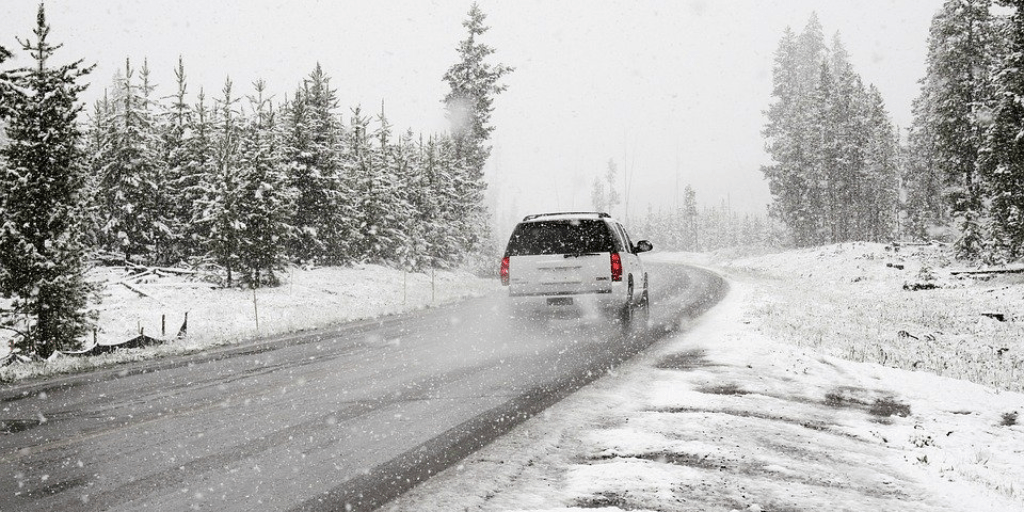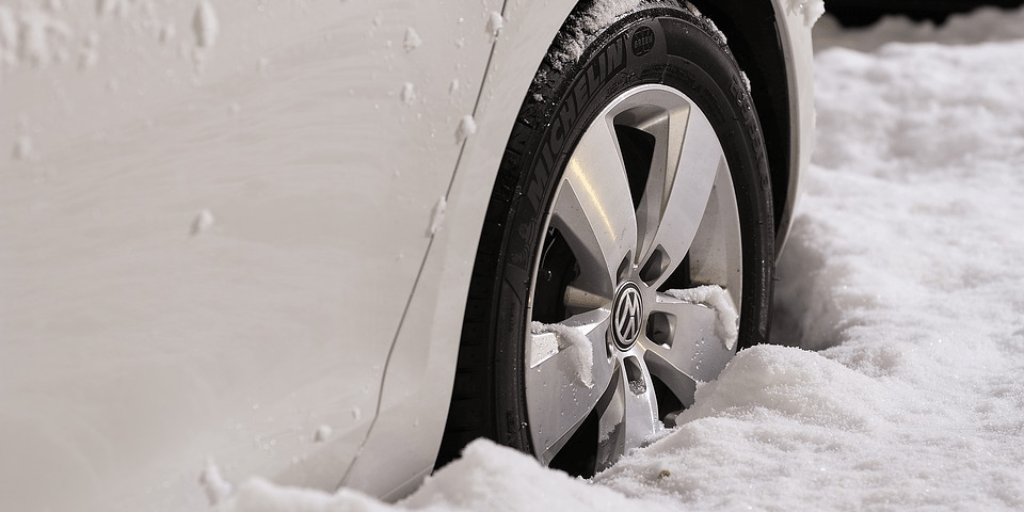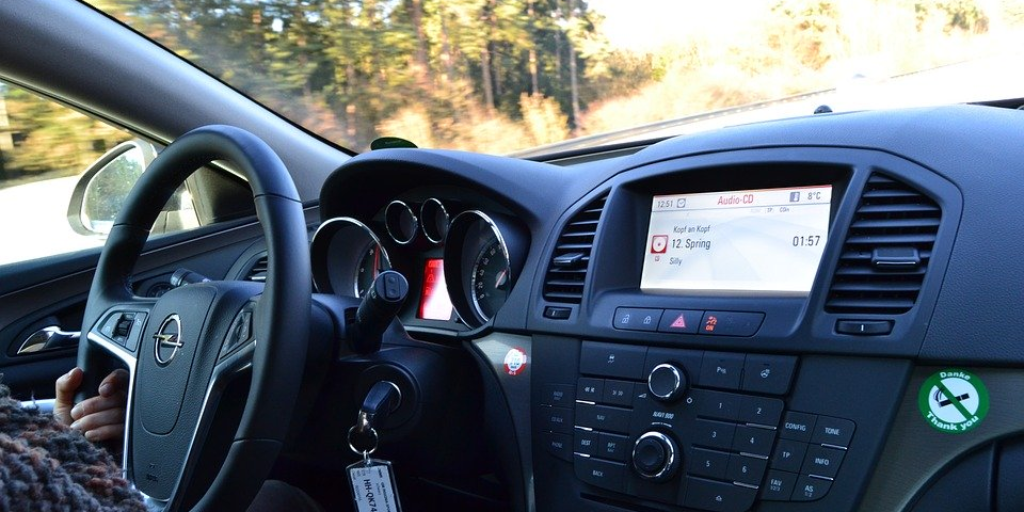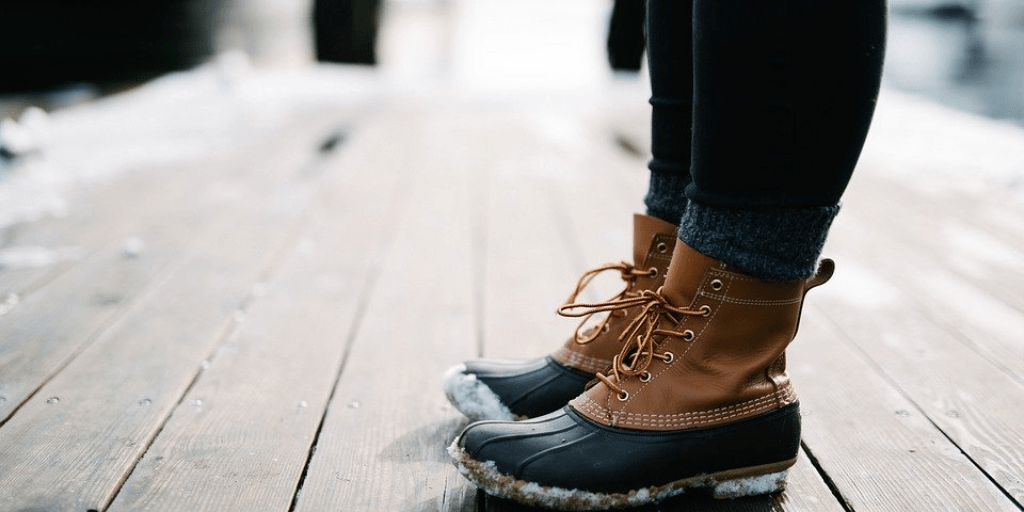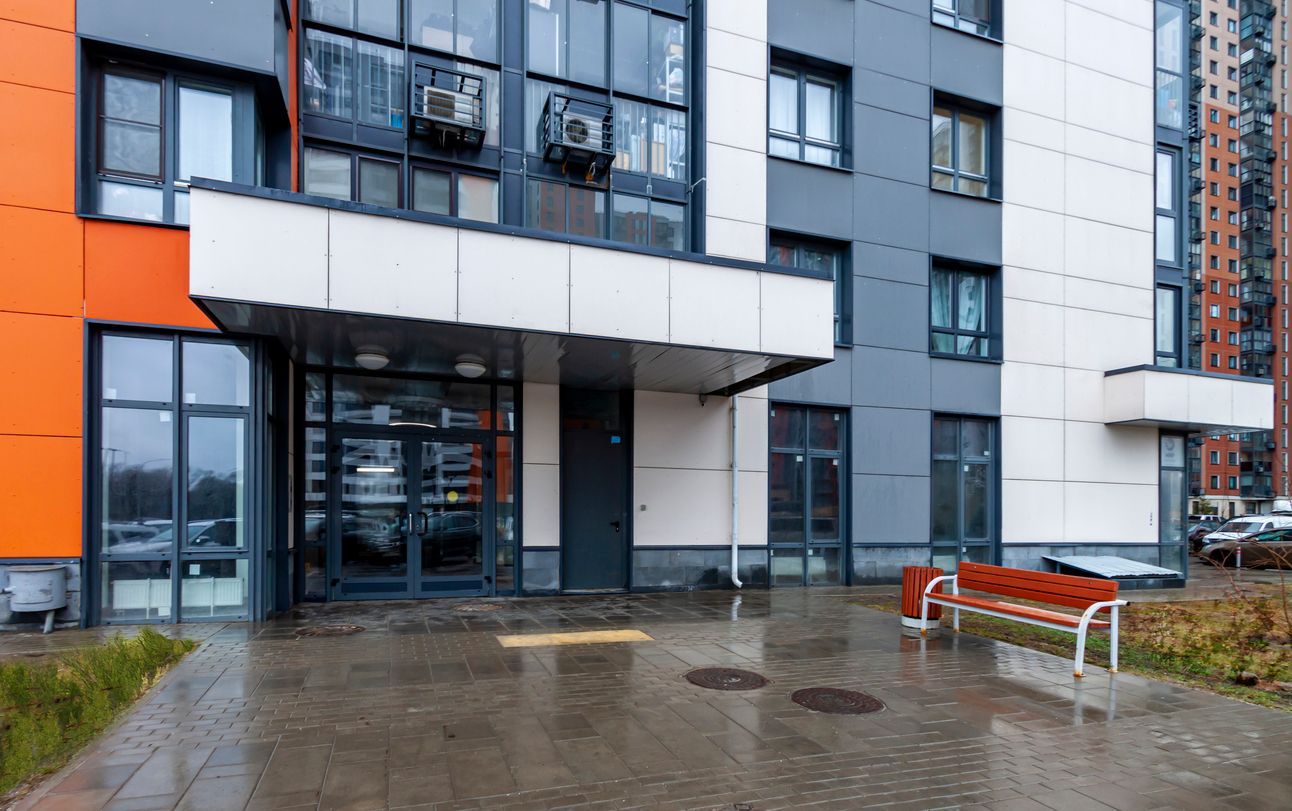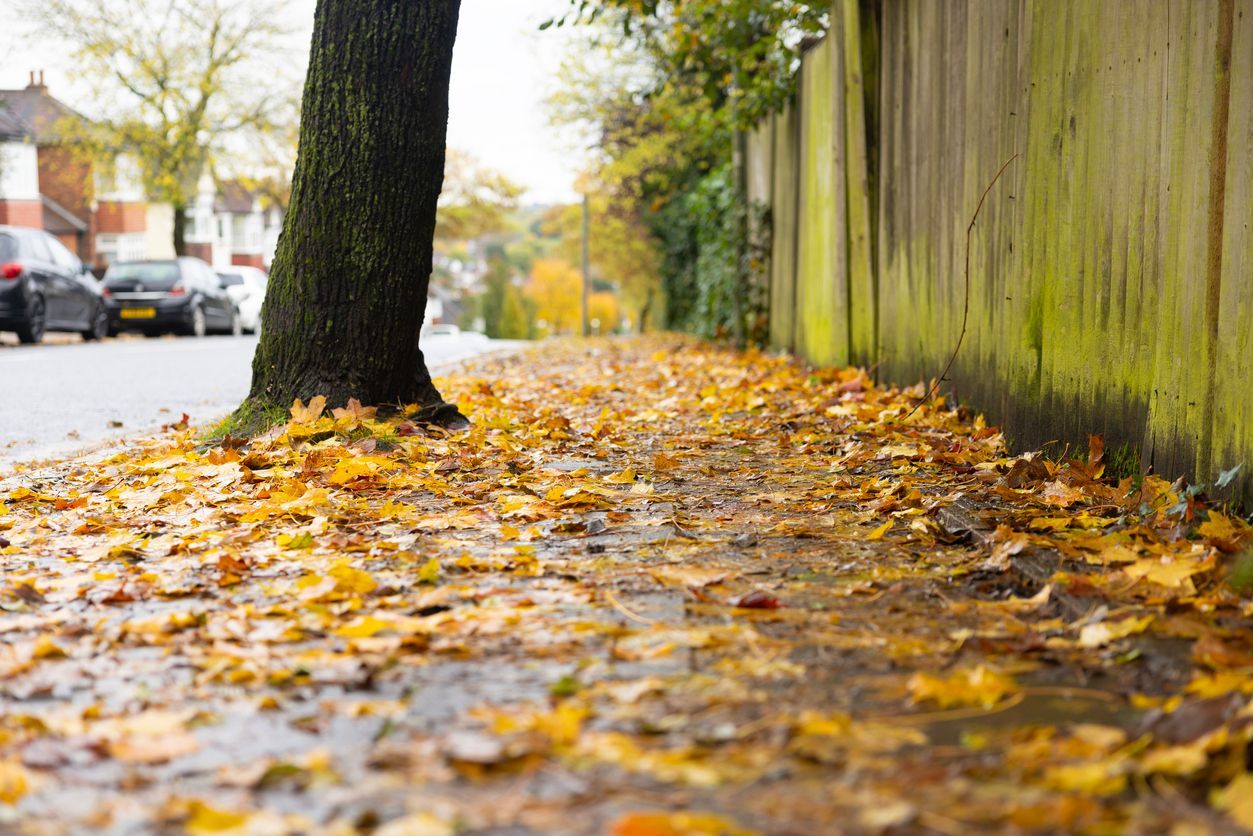Are You Prepared For Winter?
It’s that time of year again! Winter weather is here!
While snow is fun for the kids, it can make driving and commuting difficult and with less hours of daylight now that Daylight Saving Time has ended, it is important to be vigilant about checking and scanning intersections before proceeding through them to be sure you can see pedestrians approaching.
It is very important to exercise caution and safety when you are a pedestrian or motorist during times of a storm. There are many factors to consider.
As the weather can be fickle and can be dry, rainy, slushy, snowy or icy, it is necessary to adjust your driving accordingly. Even light snow can become dangerous if you are speeding or do not have winter tires.
Driving in the Canadian winter is hazardous if you are not prepared for it. In Quebec, it is mandatory to have winter tires on your vehicle. In Ontario, it is not. And we certainly see the rise of car accidents and pedestrian injuries and deaths in the wintertime.
This blog will cover:
- The importance of winter tires
- 7 useful tips for drivers
- 7 useful tips for pedestrians
Why Winter Tires Matter
“All Season” tires may sound like the right solution for driving in a country/province where we see “all seasons” but if you are using your tires all year round, you are wearing down the treads and reducing how well your tires work.
Winter tires help you stop fast, prevent your car from spinning and in essence, can help prevent accidents. Winter tires have deeper treads to allow for better performance in snow, slush, on ice and wet and dry roads.
All season tires can begin to lose their grip below 7 degrees Celsius. Most people probably are not even aware of this fact. The Ministry of Transportation recommends that you install 4 matching winter tires, even on four-wheel drive vehicles, for best control of your vehicle.
Since January 1, 2016, the Government of Ontario has made it a requirement that automobile insurers offer a winter tire discount to those who purchase and install winter tires. Winter tires can benefit you when temperatures drop to 7 degrees Celsius as they provide better traction and shorter stopping distance. A recent poll found that 3 out of 4 Ontario drivers are using winter tires.
Useful Tips For Drivers
Clear Off Your Car
You need to be able to see, through all your windows and mirrors. This includes clearing off the roof of your car as well. If you have snow on the roof of your car, it can be a hazard as it can blow off and reduce visibility for the car behind you.
Don’t Rush!
Give yourself extra time to get to your destination. You won’t feel as tense behind the wheel and you will feel less inclined to speed to get there.
Keep Your Distance
Leave more room than you usually would between yourself and the car ahead of you. If you can, try to avoid driving in other drivers’ “blind spots”, so that you are visible to the cars surrounding you. The more distance you have between you and the car ahead of you, the safer it is if you need to stop suddenly.
Put On Your Winter Tires (Or Invest in a Set)
If you haven’t already done so, install your winter tires, or buy a set. They are a worthwhile investment for you and your car, especially if you hate it when your car skids and slips all over the road during winter storms.
Pay Attention to Other Drivers
“Ground View” is a term that means watch the wheels of the other vehicles around you. Unfortunately, not everyone uses their turn signals to indicate a lane change or that they are about to turn into a plaza, intersection or at a stop sign, so it is important to be observant.
Watch Out for Snowplows and Pedestrians
When there is heavy snow falling, or blowing snow, it may be hard to see pedestrians. Make sure you give them extra time to cross at intersections. Whatever you do, do not try to pass a snow plow as the driver may not see you and it is important to give them extra space.
Useful Tips for Pedestrians
Dress Properly
Wear a proper winter coat with all the accessories (hood, scarf, gloves) so you are warm. But, remember, you want to be seen by cars, snowplows and other pedestrians, so try to have some kind of reflective clothing, or a strip of reflective fabric on you so that you can be seen.
Wear the Right Footwear
There are many different types of winter boots, fashionable or not. The important thing is that they keep your feet warm and have a rubber sole and grip the ground well. Make sure your boots have a good rubber sole/treads so that you won’t have difficulties walking on slippery surfaces.
Watch Your Step
You should pay attention to your surroundings. Look out for cars, snowplows, other pedestrians, but you have to look at the ground in front of you for any hazards, or anything you could possibly trip over/fall into.
Slow Down
Give yourself plenty of time to get to your destination. Don’t try to run on an icy surface. Walk slowly and carefully, especially if you happen to get caught in bad weather and are not wearing the right footwear.
Use Handrails
If you are walking up or down an outdoor set of stairs, use a handrail for assistance if one is available. Take each step slowly and carefully.
Bring Alternate Footwear for Indoors
If you can, bring a second set of shoes for indoors. Wear your winter boots outside only. Keep a dry pair of shoes for indoors, as walking around indoors with wet shoes could also cause a potential injury.
Be Cautious in Entranceways
When entering a mall, store, office, look out for wet floors, or bunched up rugs/carpets. Areas that get a lot of traction throughout the day will be wet and can potentially be slippery.
If you or someone you know have been injured as a result of a car accident or a slip and fall accident, you should contact a personal injury lawyer as soon as possible. It is important to know your rights and to be advised of limitation periods.
Our firm offers a free initial consultation and can arrange to meet with you at a date and time that is convenient for you.
We offer a free initial consultation that can be arranged at a date and time of your choosing and at your convenience.
Recent posts from our Knowledge Centre
- This blog is for informational purposes only and is not meant to substitute legal advice. Please read our disclaimer for further information.
- All of our lawyers are licensed by The Law Society of Upper Canada
- Office in Toronto and able to represent people in the province of Ontario


